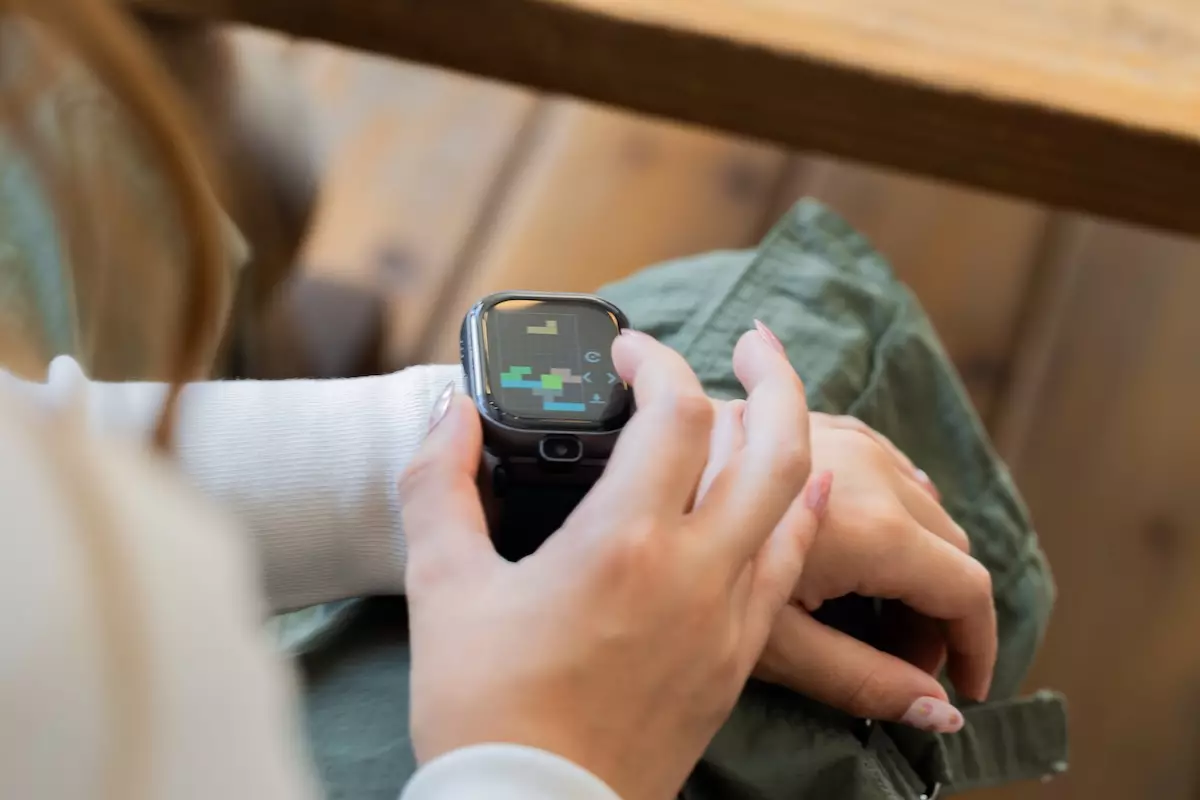In today’s hyper-connected world, parents grapple with an ongoing dilemma: how to keep children safe online while nurturing their independence. As digital devices become an inseparable part of childhood, the risk landscape expands exponentially. Traditional smartphones, with unrestricted internet access and social media platforms, pose significant hazards—from cyberbullying to exposure to inappropriate content. Parental fear often leads to restrictive measures, but these can hinder a child’s development and sense of confidence. The emergence of devices like the Pinwheel Watch signifies a promising evolution toward balancing connectivity with safety.
Rather than merely denying access or imposing restrictive controls, this development emphasizes empowering children with tools that foster responsible online habits. The Pinwheel Watch exemplifies this shift, offering a child-friendly gadget designed with safety, usability, and developmental needs in mind. It’s a deliberate move away from the age-old “block or ban” approach towards a more nuanced, educational, and supportive one. This innovation challenges the notion that children must be completely shielded or entirely exposed, advocating instead for controlled exposure that guides healthier digital interactions.
Security and Autonomy: The Critical Role of Parental Control in Modern Devices
Fundamentally, the success of any child-focused device hinges on transparent, robust parental controls. The Pinwheel Watch doesn’t just provide a means for children to communicate; it actively places decision-making power into parents’ hands. The “Caregiver” app allows for real-time oversight, from setting permitted contacts to scheduling device usage. This level of control is vital for cultivating trust, as parents can gradually loosen restrictions as their children mature while maintaining peace of mind.
Yet, what truly sets the Pinwheel device apart is its nuanced approach to limiting access without completely stifling independence. The use of “Safelists” and scheduled modes transforms the device into a tool for guided exploration—children learn boundaries while engaging in age-appropriate activities. The inclusion of communication functions such as voice-to-text messaging and video calls, limited to approved contacts, facilitates essential social interactions. The device becomes a stepping stone, encouraging children to develop their digital literacy within a safe framework, rather than simply shielding them from digital engagement altogether.
The AI Chatbot: A Double-Edged Sword in Child Development
Perhaps the most innovative facet of the Pinwheel Watch is its built-in AI assistant, “PinwheelGPT.” Unlike typical AI chatbots whose content can be unpredictable or inappropriate, this version is intentionally designed with rigorous safeguards. It offers children a conversational experience to satisfy curiosity, aid homework, or explore age-appropriate topics—all within a controlled environment. This reflects a recognition that children’s questions—whether about science, social interactions, or understanding their world—must be addressed thoughtfully, encouraging an inquisitive mindset.
Nevertheless, this approach isn’t without contention. Critics might argue that relying on AI for social interactions could inadvertently stunt face-to-face conversation skills or foster dependence on digital compasses for guidance. There’s also the ongoing concern about misinformation—though, in this case, Pinwheel has prioritized safety by programming the AI to recognize sensitive or inappropriate questions and steer clear of providing harmful responses. The transparency for parents—being able to review all interactions—further acts as a safeguard, promoting an informed, vigilant approach to digital education.
This cautious integration of AI into children’s devices could serve as a blueprint for responsible technology use in childhood—balancing curiosity with security, autonomy with oversight.
Bridging the Gap Between Innovation and Parenthood
The enterprise behind the Pinwheel Watch reflects a larger vision: redefining what it means to connect with children in the digital age. Instead of reacting with fear to technological advances, responsible innovation harnesses their potential, emphasizing safety, education, and emotional well-being. By providing features such as GPS tracking, mini-games, and cameras, the device also recognizes children’s desire for normalcy and fun; it’s not just about monitoring, but about enriching their lived experiences.
For parents, this device offers reassurance—not only through technical safeguards but by fostering a healthier digital environment. It promotes balanced device use with features like scheduled “off” modes and limited contacts, teaching children to manage their screen time proactively. Moreover, the device’s affordability relative to mainstream options makes it an accessible choice for families seeking genuine safety solutions without exorbitant costs or complicated setups.
Innovation in child safety devices shouldn’t be dismissed as mere gimmickry—it must be scrutinized and critiqued, yes, but also celebrated when it demonstrates genuine intent and responsible design. The Pinwheel Watch exemplifies this blend, carving a path forward where children can grow, learn, and connect—under the watchful and supportive eyes of their caregivers. It signals a future where technology acts as a guardian rather than a threat, urging us as a society to rethink how we embrace digital childhoods with compassion and vigilance.

